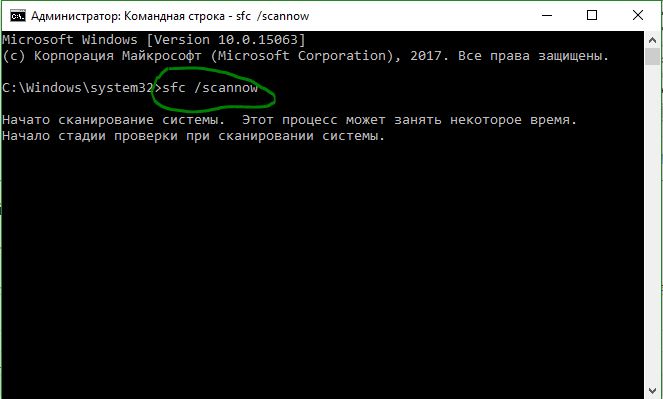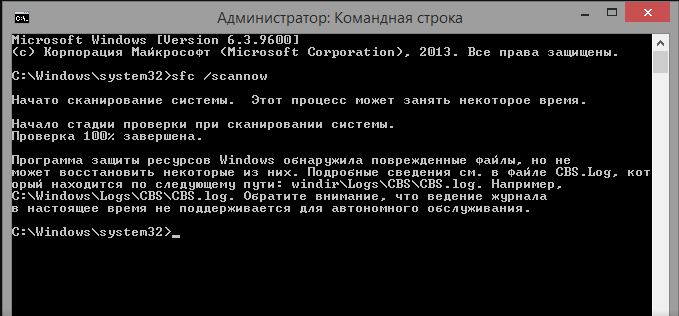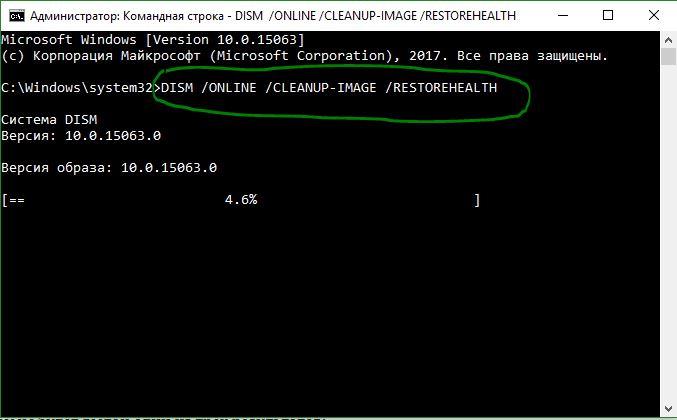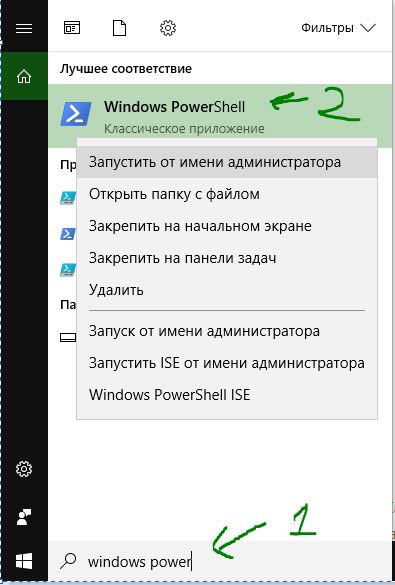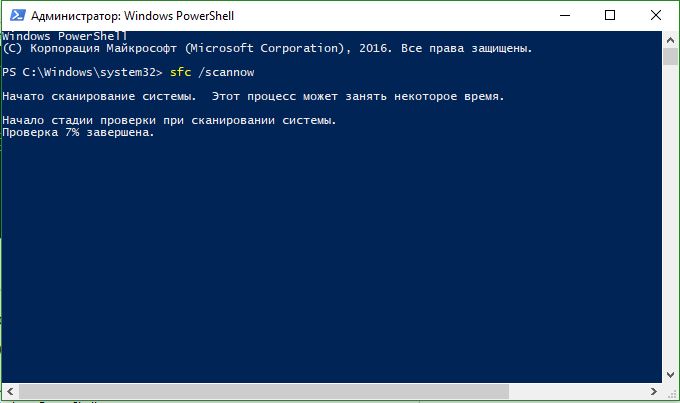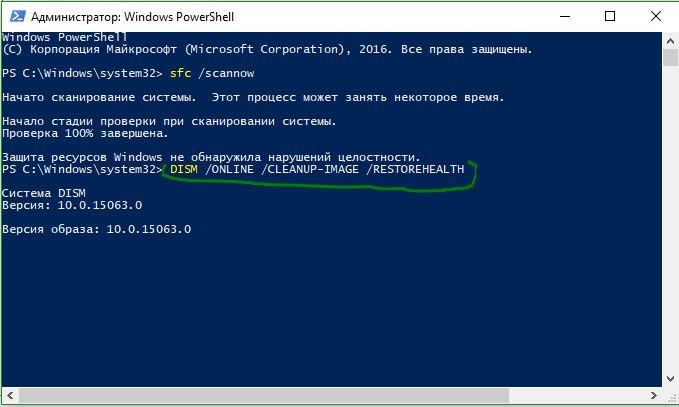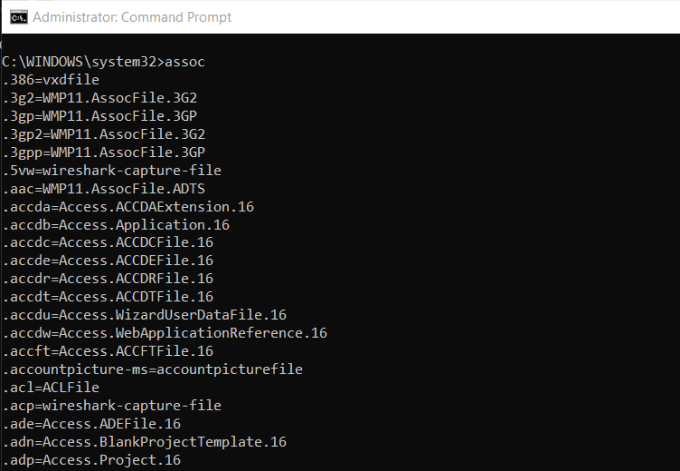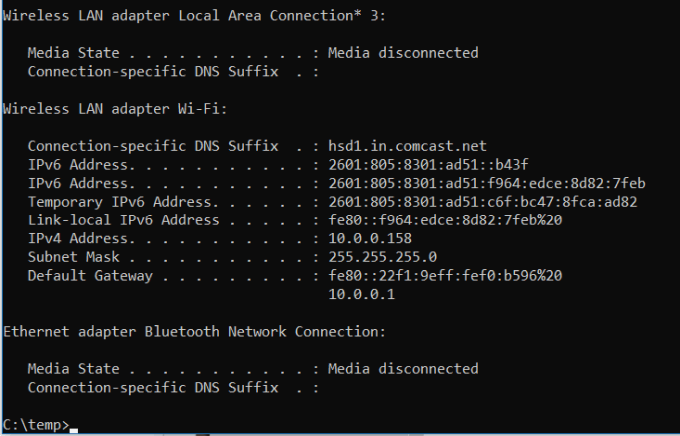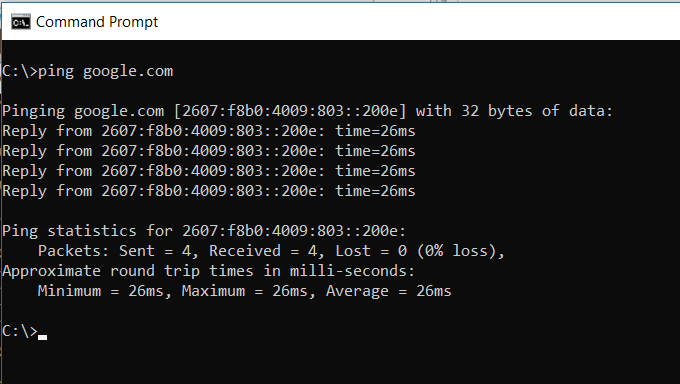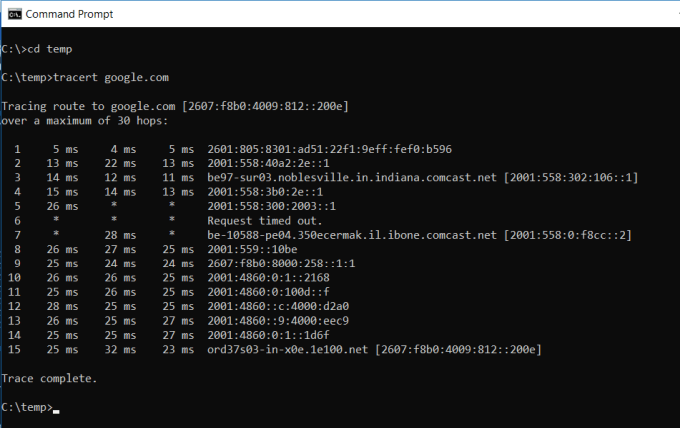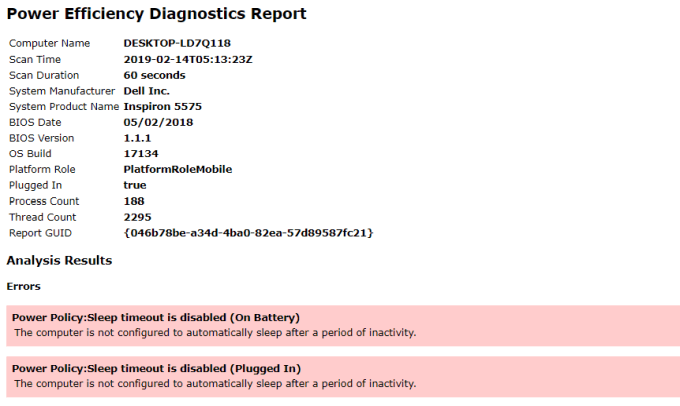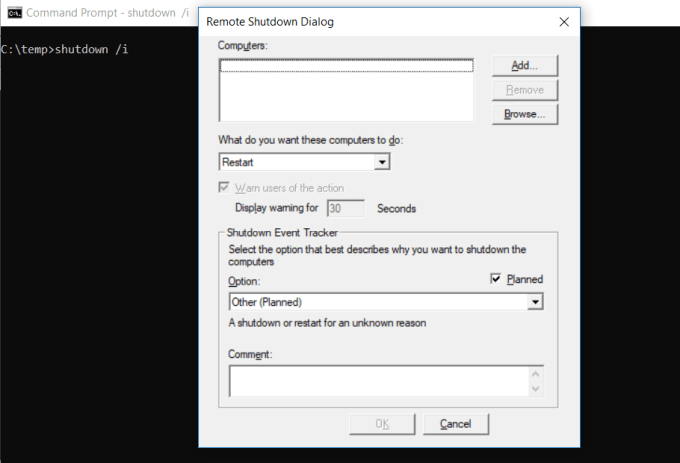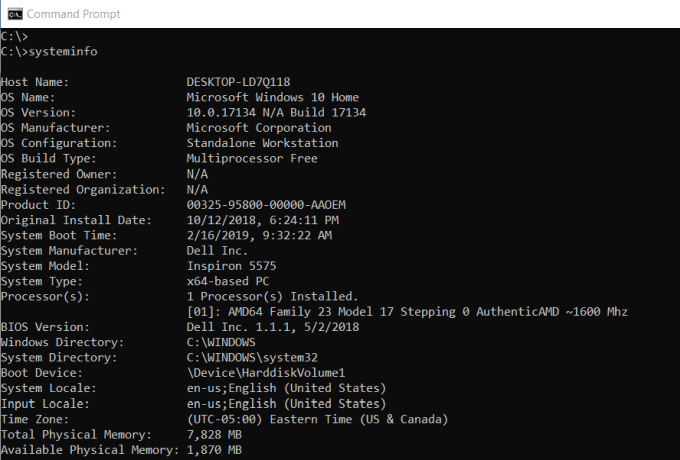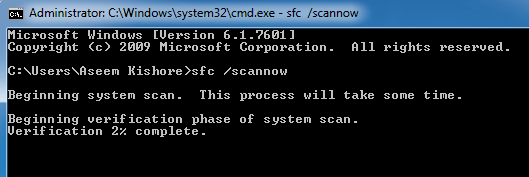- SFC и DISM: Проверка и Восстановление системных файлов в Windows
- Проверка и Восстановление системных файлов через CMD
- 1. Использование инструмента System File Checker (SFC)
- 2. Использование инструмента Deployment Image and Service Management (DISM)
- Проверка и Восстановление системных файлов через PowerShell
- 1. Использование инструмента System File Checker (SFC)
- 2. Использование инструмента Deployment Image and Service Management (DISM)
- Анализ лога CBS, какие файлы не удалось восстановить
- 21 CMD Commands All Windows Users Should Know
- 1. ASSOC: Fix File Associations
- 2. FC: File Compare
- 3. IPCONFIG: IP Configuration
- 4. NETSTAT: Network Statistics
- 5. PING: Send Test Packets
- 6. TRACERT: Trace Route
- 7. POWERCFG: Power Configuration
- 8. SHUTDOWN: Turn Off Computer
- 9. SYSTEMINFO: System Information
- 10. SFC: System File Checker
- 11. NET USE: Map drives
- 12. CHKDSK: Check Disk
- 13. SCHTASKS: Schedule Tasks
- 14. ATTRIB: Change File Attributes
- Other Windows CMD Commands
SFC и DISM: Проверка и Восстановление системных файлов в Windows
Всякий раз, когда что-то идет не так с компьютером или ноутбуком, есть ряд инструментов для устранения неполадок, которые вы можете выполнить, чтобы попытаться устранить проблему. В Windows 10/8/7 есть несколько встроенных команд, которые можно использовать для проверки и восстановления поврежденных системных файлов, которые со временем вызывают проблемы при изменении.
Одним из способов устранения неполадок, связанных с Windows, является проверка системы и восстановление системных файлов. Это может помочь во всех типах проблем, таких как медленная система, синий экран смерти, внезапные сбои питания и сбои системы.
Рассмотрим, как запустить средство проверки системных файлов в Windows с помощью командной строки CMD и PowerShell, таких команд как sfc /scannow и инструмента DISM.
Проверка и Восстановление системных файлов через CMD
Средство проверки системных файлов сканирует ваш компьютер на предмет любого повреждения или изменений в системных файлах, которые в противном случае могли бы помешать нормальной работе вашего ПК. Инструменты заменяет файл правильной версией, чтобы обеспечить бесперебойную работу. С помощью командной строки можно попытаться сканировать и восстановить системные файлы поздних операционных систем, как Windows 10/8/7 /Vista. Разберем две команды sfc /scannow и DISM с помощью CMD.
1. Использование инструмента System File Checker (SFC)
Запустите командную строку (CMD) от имени администратора. Нажмите «поиск» и напишите просто «cmd» или «командная строка», далее по ней правой кнопкой мыши и запуск от имени админа.
Задайте команду sfc /scannow и дождитесь окончания процесса.
Примечание: После сканирования вашей системы будет выдан один из трех результатов:
- Ошибок системных файлов не будет.
- Будут ошибки системных файлов и Windows восстановит их автоматически.
- Windows обнаружила ошибки, но не может восстановить некоторые из них.
Если у вас показывает вариант 3, что ошибка обнаружена и система не может восстановить, то загрузитесь в безопасном режиме и проделайте заново процедуру. Советую отключить шифрование EFS и Bitlocker , если на момент проверки они имеются. Ничего не получилось? Двигаемся ниже.
2. Использование инструмента Deployment Image and Service Management (DISM)
Если вышеуказанное не работает в безопасном режиме, есть один последний способ проверить повреждение в системных файлах и исправить их. Используем инструмент Deployment Image and Service Management (DISM). Команда работает с системами Windows 8/8.1/10. Откройте обратно командную строку от имени администратора и используйте следующую команду:
- DISM /ONLINE /CLEANUP-IMAGE /RESTOREHEALTH
Процесс может занять длительное время с зависанием процентной шкалы. Закончив работу, перезагрузите компьютер и запустите обратно sfc /scannow, чтобы убедиться, что ошибок нет или ошибка пропала.
Проверка и Восстановление системных файлов через PowerShell
Мы будем использовать Windows PowerShell, чтобы показать, как использовать службу обслуживания и управления DISM для сканирования и исправления поврежденных системных файлов в Windows 10. Этот способ будет более эффективный для обновления windows 10, чем командная строка.
1. Использование инструмента System File Checker (SFC)
Запустите PowerShell от имени администратора. Нажмите «поиск» и наберите windows powershell, после нажмите правой кнопкой мыши и выберите от имени админа.
Задайте в окне PowerShell команду sfc /scannow. Если сканирование обнаружит какие-либо проблемы, Windows попытается их исправить. Если Windows не сможет их исправить, он предупредит вас, что необходимы дальнейшие исследования и действия. Двигайтесь ниже, если обнаружены ошибки.
2. Использование инструмента Deployment Image and Service Management (DISM)
Сканирование DISM обнаруживает поврежденные системные файлы и Windows попытается исправить их, и даст вам отчет о ходе работы в конце. Если Windows не сможет найти файлы, необходимые для восстановления поврежденных системных файлов, вам также будет предоставлена информация о том, что делать дальше, со ссылкой на веб-сайт Microsoft и варианты устранения неполадок. Задайте ниже команду в окно PowerShell.
- DISM /ONLINE /CLEANUP-IMAGE /RESTOREHEALTH
Если DISM все исправил или не выявил ошибки, то перезагрузите ноутбук, компьютер и запустите для проверки обратно sfc /scannow.
Анализ лога CBS, какие файлы не удалось восстановить
Если после сканирования системных файлов, программа защиты ресурсов Windows обнаружила поврежденные файлы, но не может восстановить некоторые из них, лог файл CBS может помочь нам определить, какие именно файлы повреждены. Для этого:
- Перейдите по пути C:\Windows\Logs\CBS
- Откройте файл CBS.log в блокноте или текстовом редакторе.
- В блокноте нажмите Ctrl+F, чтобы вызвать поиск
- В поиске напишите Cannot repair member file, чтобы найти файлы, которые не удается восстановить.
- Если поиск не дал результатов, то найдите записи [SR] и вы обнаружите, что все они одинаковы 100 components.
- Ищите листая вручную любые изменения, отличные от 100 components, где вы и найдете поврежденный файл или указание.
- Ориентируетесь по времени, когда вы примерно запускали сканирование SFC, так как лог может быть и за вчерашний день.
21 CMD Commands All Windows Users Should Know
So you can have more control over your PC
The Windows command prompt is a feature that’s been a core part of the Windows operating system for a long time. There are some CMD commands that are so useful and easy to use that even regular users see the Windows command prompt as a key part of the operating system.
There are always rumors that it will be phased out at some point, but that’s unlikely to happen any time soon.
The following are 21 of the best CMD commands you should know if you want to have more control over your Windows PC.
1. ASSOC: Fix File Associations
One of the most powerful tools in the CMD command library is the ASSOC command.
Your computer associates certain file extensions with certain programs. This is how your computer knows to open Adobe when you double click a PDF file, or Microsoft Word when you double click a DOC file.
You can view all the file associations your computer knows about by typing ASSOC in the command window. You’ll see the file extension and the program it’s associated with.
You can set the association by typing something like assoc .doc=Word.Document.8.
2. FC: File Compare
Sometimes when files are changed over time, it’s hard to remember what the differences were between versions. You may not know that a CMD command offers the ability to compare files and see all differences, but it’s true.
The FC command performs either an ascii or a binary file comparison and will list all of the differences that it finds.
Fc /a File1.txt File2.txt will compare two ascii files.
Fc /b Picture1.jpg Picture2.jpg will do a binary compare on two images.
3. IPCONFIG: IP Configuration
Network troubleshooting is never simple, but one command that makes it much easier is IPCONFIG.
Using this command in the CMD command prompt returns detailed information about your current network adapter connection including:
- Current IP Address
- Subnet Mask
- Default Gateway IP
- Current domain
This information can help you troubleshoot router issues and other connection issues you could be having with your network adapter.
4. NETSTAT: Network Statistics
Concerned that you could have malware running on your computer that’s connecting to internet locations without you knowing about it?
If you run a NETSTAT command in the command prompt, you can get a list of all active TCP connections from your computer.
5. PING: Send Test Packets
An IT Analyst’s best friend is the PING command. Running this command sends test packets over the network to the target system.
You can use the PING command to test whether your computer can access another computer, a server, or even a website. It can help with revealing network disconnections. It also provides transit time for the packets in milliseconds, so it also reveals a bad network connection as well.
6. TRACERT: Trace Route
TRACERT is a fascinating Windows Command to use. If you’re ever curious to see the path your internet traffic takes to get from your browser to a remote system like Google servers, you can use TRACERT to see it.
The command stands for “Trace Route”, which sends packets out to a remote destination (server or website), and provides you with all of the following information:
- Number of hops (intermediate servers) before getting to the destination
- Time it takes to get to each hop
- The IP and sometimes the name of each hop
TRACERT can reveal how the routes of your internet requests change depending where you’re accessing the web. It also helps with troubleshooting a router or switch on a local network that may be problematic.
7. POWERCFG: Power Configuration
Are you frustrated with how quickly your laptop seems to run out of power? It could be that your power settings are configured as efficiently as possible. There’s a windows CMD command called POWERCFG (power configuration) that can help. Run the command prompt as an administrator and type powercfg – energy to get a full power efficiency report.
The process can take up to about a minute, but when it’s done, you’ll see whether there are any warnings or errors that might help you improve the power efficiency of your system.
View the energy-report.html file to see the details of those errors and warnings.
8. SHUTDOWN: Turn Off Computer
The SHUTDOWN command is a pretty versatile command that lets you shutdown the computer but control the behavior of that shutdown. It’s commonly used as a scheduled task or part of an IT batch job after patches have been applied to a computer system.
Typing shutdown /i from the command prompt will initiate a shutdown, but it’ll upon a GUI to give the user an option on whether to restart or do a full shutdown. If you don’t want to have any GUI pop up, you can just issue a shutdown /s command.
There is a long list of other parameters you can use to do a log off, hibernate, restart, and more. Just type shutdown without any arguments to see them all.
9. SYSTEMINFO: System Information
If you need to know what brand of network card you have, processor details, or the exact version of your Windows OS, the SYSTEMINFO command can help.
This command polls your system and pulls the most important information about your system. It lists the information in a clean format that’s easy to read.
10. SFC: System File Checker
If you’re ever concerned that a virus or some other software might have corrupted your core system files, there’s a Windows command that can scan those files and ensure their integrity.
You need to launch CMD as administrator (right click and choose Run as Administrator). Typing SFC /SCANNOW will check the integrity of all protected system files. If a problem is found, the files will be repaired with backed-up system files.
The SFC command also lets you:
- /VERIFYONLY: Check the integrity but don’t repair the files.
- /SCANFILE: Scan the integrity of specific files and fix if corrupted.
- /VERIFYFILE: Verify the integrity of specific files but don’t repair them.
- /OFFBOOTDIR: Use this to do repairs on an offline boot directory.
- /OFFWINDIR: Use this to do repairs on an offline Windows directory.
- /OFFLOGFILE: Specify a path to save a log file with scan results.
The scan can take up to 10 or 15 minutes, so give it time.
11. NET USE: Map drives
If you want to map a new drive, you could always open File Explorer, right click on This PC, and go through the Map Network Drive wizard. However, using the NET USE command, you can do the same thing with one command string.
For example, if you have a share folder on a computer on your network called \\OTHER-COMPUTER\SHARE\, you can map this as your own Z: drive by typing the command:
Net use Z: “\\OTHER-COMPUTER\SHARE” /persistent:yes
The persistent switch tells your computer that you want this drive remapped every time you log back into your computer.
12. CHKDSK: Check Disk
While the SFC command only checks the integrity of core system files, you can use the CHKDSK command to scan an entire drive.
The command to check the C: drive and repair any problems, launch the command window as an administrator and type CHKDSK /f C:.
This command checks for things like:
- File fragmentation
- Disk errors
- Bad sectors
The command can fix any disk errors (if possible). When the command is finished, you’ll see a status of the scan and what actions were taken.
13. SCHTASKS: Schedule Tasks
Windows comes with a wizard for creating scheduled tasks. For example, maybe you have a BAT file stored on C:\temp that you want to run every day at noon.
You’d have to click through the Scheduled Task wizard to configure this. Or you can type a single SCHTASKS command to set it up.
SCHTASKS /Create /SC HOURLY /MO 12 /TR Example /TN c:\temp\File1.bat
The scheduled switch accepts arguments like minute, hourly, daily, and monthly. Then you specify the frequency with the /MO command.
If you typed the command correctly, you’ll see the response, SUCCESS: The scheduled task “Example” has successfully been created.
14. ATTRIB: Change File Attributes
In Windows, you can change file attributes by right clicking on a file and finding the right property to change. However, instead of hunting around for the file attribute, you can use the ATTRIB command to set the file attributes.
For example, if you type: ATTRIB +R +H C:\temp\File1.bat, it’ll set File1.bat as a hidden, read-only file.
There is no response when it’s successful, so unless you see an error message, the command worked.
Other Windows CMD Commands
As you can see, there are some powerful and useful things you can do with the Windows command prompt, if you know the right commands.
Believe it or not, there are even more commands that will give you the ability to do some things you probably never realized just by typing a simple command.
- BITSADMIN: Initiate upload or download jobs over the network or internet and monitor the current state of those file transfers.
- COLOR: Change the background color of the command prompt window.
- COMP: Compare the contents of any two files to see the differences.
- FIND/FINDSTR: Search for strings inside of any ASCII files.
- PROMPT: Change the command prompt from C:\> to something else.
- TITLE: Change the title of the command prompt window.
- REGEDIT: Edit keys in the Windows registry (use with caution).
- ROBOCOPY: A powerful file copy utility built right into Windows.
If you’re interested in learning more, Microsoft offers a full list of all of the Windows CMD commands included in the latest version of the Windows OS.
Ryan has been writing how-to and other technology-based articles online since 2007. He has a BSc degree in Electrical Engineering and he’s worked 13 years in automation engineering, 5 years in IT, and now is an Apps Engineer. Read Ryan’s Full Bio

